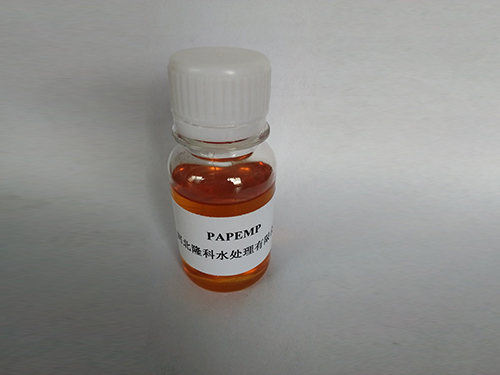Effectiveness of HEDP Scale Inhibitor in Preventing Mineral Deposits in Water Systems
HEDP Scale Inhibitor An Overview
The management of scale formation in industrial processes, particularly in water systems, is crucial to ensure efficiency and longevity of equipment. One of the most effective substances used for this purpose is HEDP, or Hydroxyethylidene Diphosphonic Acid. HEDP is a phosphonate compound recognized for its exceptional scale inhibition properties and its ability to chelate metal ions, making it a valuable agent in various applications, including water treatment, oilfield operations, and cooling systems.
Chemical Properties and Mechanism of Action
HEDP is a colorless, odorless liquid that is soluble in water. Its chemical structure features two phosphonic acid groups bonded to a hydroxyethyl group, granting it significant chelating abilities. The chelation process involves the binding of metal ions, such as calcium and magnesium, which are commonly responsible for scale formation. By doing so, HEDP prevents these ions from precipitating out of solution and forming undesirable deposits on surfaces, thereby mitigating the risk of scale build-up.
The effectiveness of HEDP as a scale inhibitor can be attributed to its unique mode of action. Unlike traditional scale inhibitors, which may only delay scale formation, HEDP actively disrupts the crystallization process of scale-forming minerals. It accomplishes this through a combination of threshold inhibition, where HEDP lowers the concentration of ions required to initiate crystallization, and through the alteration of crystal growth, preventing large particles from forming.
Applications Across Industries
HEDP is widely used across various industries due to its versatility and effectiveness. In the water treatment sector, it plays a critical role in preventing scale in cooling towers, boilers, and heat exchangers. Scale deposits can significantly reduce the efficiency of thermal systems and lead to costly downtime and maintenance. By incorporating HEDP into water treatment programs, industries can enhance operational efficiency and extend the lifespan of their equipment.
hedp scale inhibitorhedp

In oilfield applications, HEDP serves to combat scale formation in production equipment, pipelines, and water injection systems. The oil and gas industry often faces challenges with scaling due to the high concentration of minerals in produced water and brine. HEDP’s ability to prevent scale formation contributes to safer and more efficient oil extraction processes.
Moreover, HEDP finds applications in the formulation of cleaning agents and detergents, where its chelating properties help improve cleaning efficiency by binding to metal ions that may interfere with surfactants.
Environmental Impact and Safety Considerations
As with any chemical substance, the environmental impact of HEDP usage is a crucial consideration. While HEDP is generally regarded as safe when used according to recommended practices, regulatory agencies monitor its usage to mitigate potential environmental risks. It is essential for industries to adhere to guidelines regarding the discharge of HEDP into water bodies to prevent any adverse effects on aquatic ecosystems.
In terms of safety, HEDP has been evaluated and classified as having low toxicity, but proper handling and protective measures are still advised. Users should always consult Material Safety Data Sheets (MSDS) and follow safety protocols to ensure a safe working environment.
Conclusion
HEDP stands out as a highly effective scale inhibitor with a wide range of applications across industries. Its unique properties and mechanisms allow it to play a vital role in enhancing efficiency and preventing the costly consequences of scale formation. As industries continue to seek sustainable and effective solutions for scale control, HEDP will undoubtedly remain a cornerstone in the arsenal of water treatment and industrial processing technologies.
-
The Power of Isothiazolinones in Modern ApplicationsNewsMay.08,2025
-
Flocculants in Water TreatmentNewsMay.08,2025
-
Flocculants and Chemical Solutions: What You Need to KnowNewsMay.08,2025
-
Flocculants and Chemical Solutions: A Growing IndustryNewsMay.08,2025
-
Essential Chemicals: Polymaleic Anhydride and MoreNewsMay.08,2025
-
Acrylic Polymers: Essential Solutions for IndustryNewsMay.08,2025





